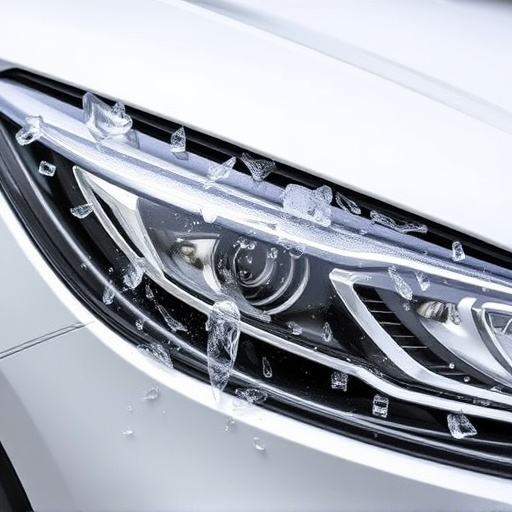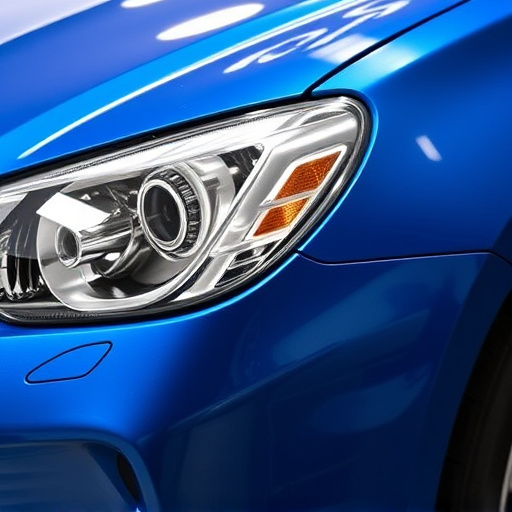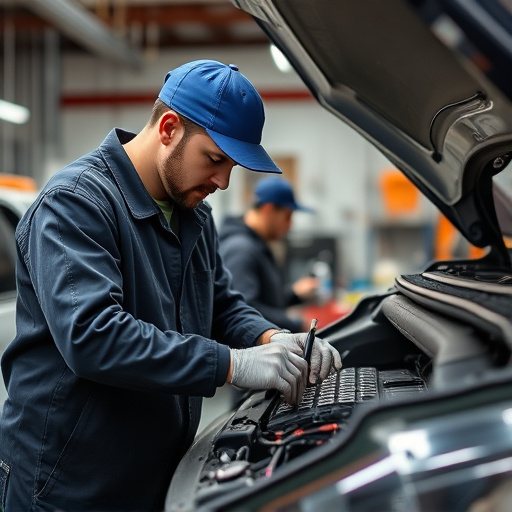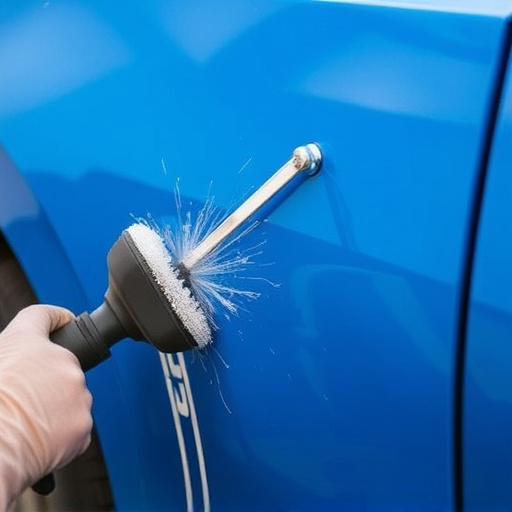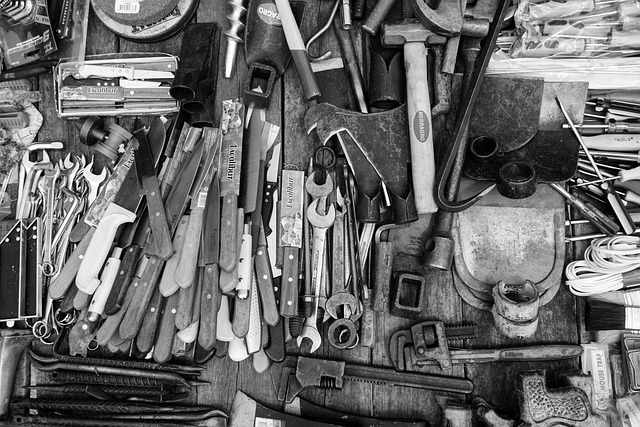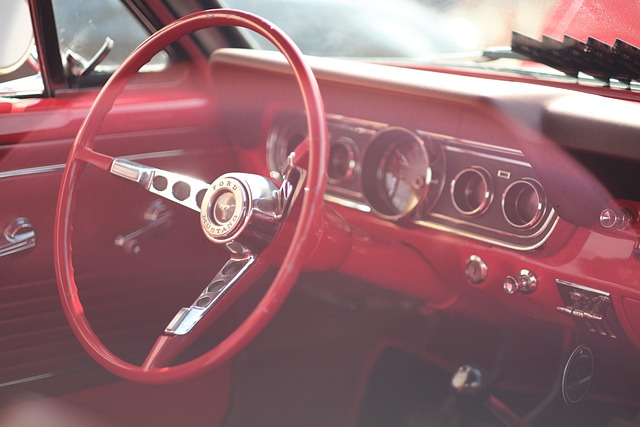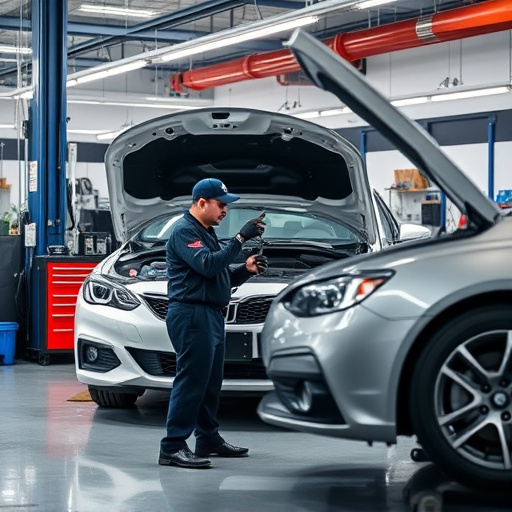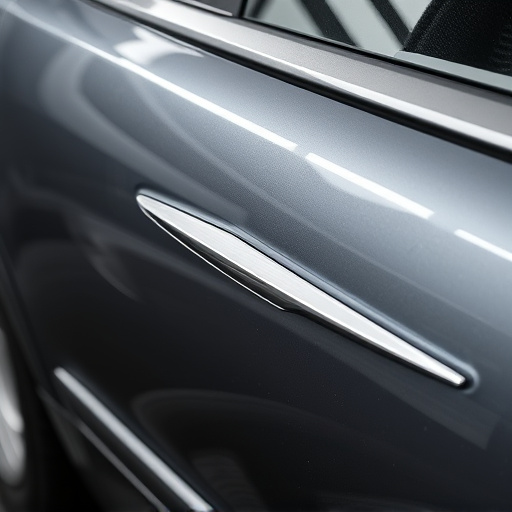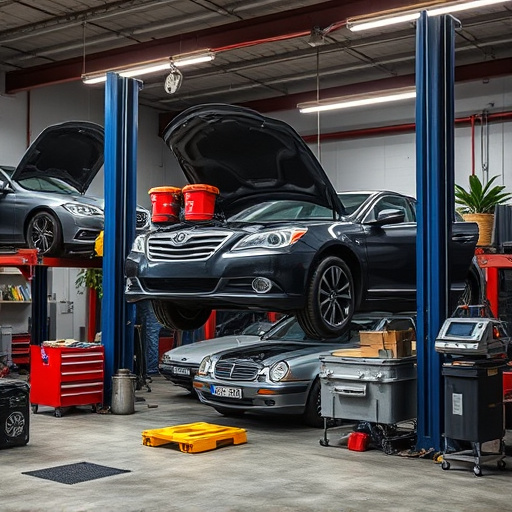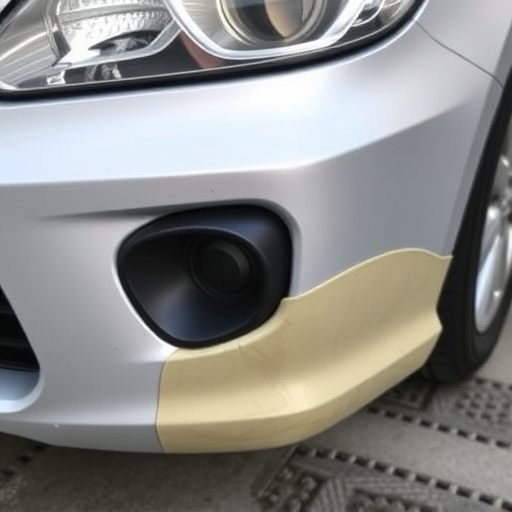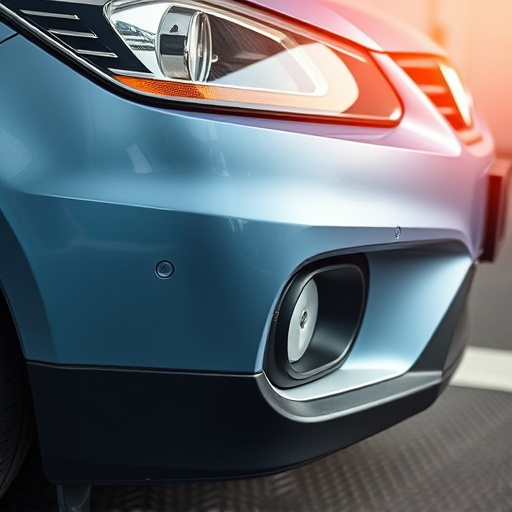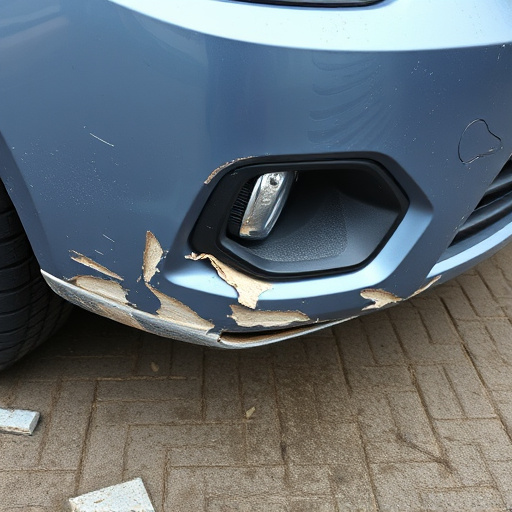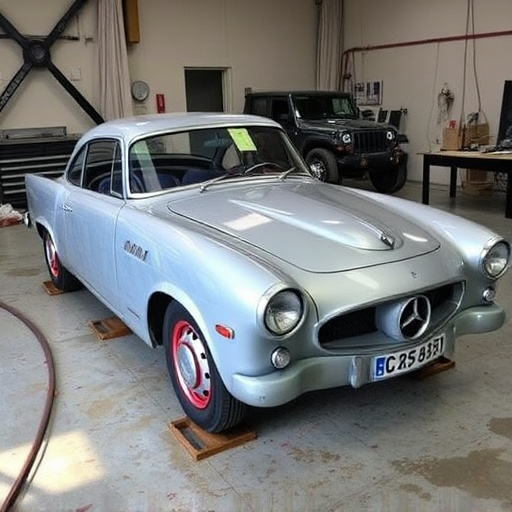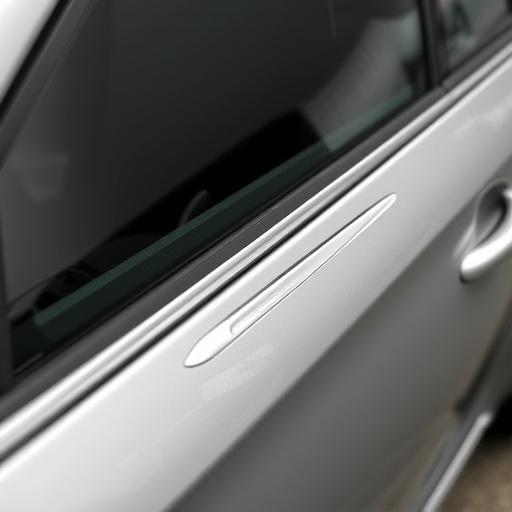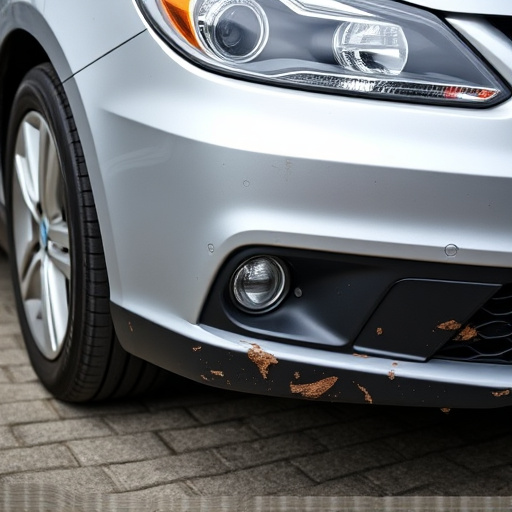Panel beating, an art of reshaping car bodies, requires strict safety measures due to risks like debris and noise. Essential gear includes protective clothing, eye gear, respirators, and closed-toe shoes. Adhering to safe work practices, proper ventilation, regular cleaning, and staff training prevents accidents, enhances productivity, and creates a safer panel beating environment.
In the realm of automotive craftsmanship, panel beating is an art that demands precision and safety. This intricate process involves shaping and forming metal panels to create seamless vehicle structures. However, without proper precautions, it can pose significant risks. From flying debris to noise exposure, understanding the panel beating processes and implementing robust safety measures are paramount. This article explores essential safety gear, best practices, and comprehensive guidelines for professionals in the field, ensuring a secure environment while mastering the art of panel beating.
- Understanding Panel Beating Processes and Risks
- Essential Safety Gear for Protection Against Hazards
- Implementing Safe Work Practices in Panel Beating Environments
Understanding Panel Beating Processes and Risks
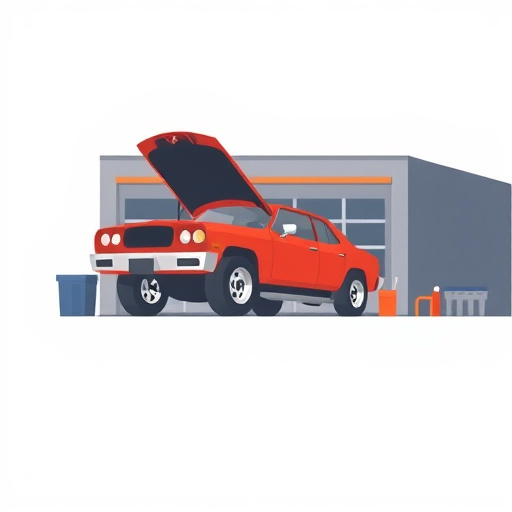
Panel beating is a crucial process within the automotive industry, involving the art and skill of shaping and restructuring metal car bodies. It’s a specialized trade that plays a vital role in both repair and customization. Understanding this process is essential for ensuring safety during car bodywork services, especially when addressing issues like dent removal or scratch repair.
During panel beating, technicians manipulate metal panels to restore them to their original shape, removing dents, creases, and other imperfections. This can be achieved through a variety of techniques, from manual hammering and stretching to the use of specialized machinery. While these methods enable efficient dent removal and high-quality scratch repair, they also carry inherent risks. The potential for flying debris, noise exposure, and strain on the body are all considerations that must be taken into account to guarantee safe working conditions.
Essential Safety Gear for Protection Against Hazards
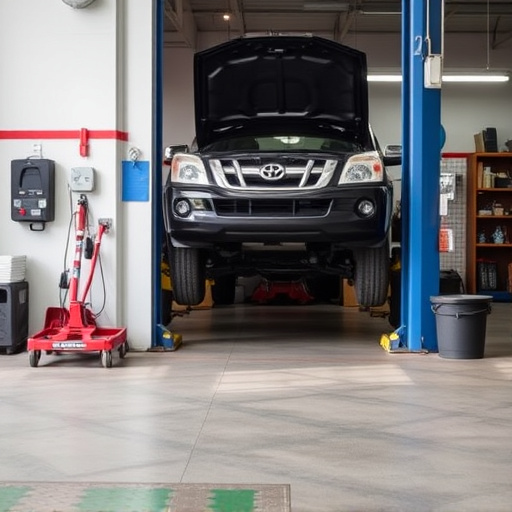
When engaging in panel beating procedures, safety should be the top priority. Essential Safety Gear for Protection Against Hazards includes high-quality gloves to shield hands from sharp edges and debris, protective eye gear to prevent foreign objects from entering eyes, and respirators to filter harmful fumes and dust. Adequate hearing protection is also crucial, as these processes can generate loud noises that may cause lasting damage if left unchecked.
Furthermore, durable clothing and closed-toe shoes are vital to protect against flying particles and potential slip hazards. In the event of working with auto painting or tire services, specialized masks designed for such tasks ensure minimal inhalation of paint fumes or rubber dust. Even when performing car dent repair, these safety measures should be adhered to strictly to mitigate risks associated with the panel beating process.
Implementing Safe Work Practices in Panel Beating Environments
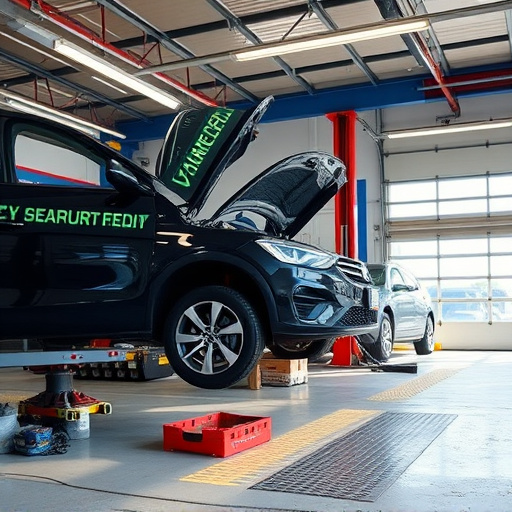
In any panel beating procedure, implementing safe work practices is paramount to prevent accidents and protect workers in auto repair shops or collision repair services. This includes wearing appropriate personal protective equipment (PPE), such as safety goggles, gloves, and ear protection, to shield against debris, chemicals, and noise. Proper ventilation and regular cleaning of the workspace are also crucial to maintain a safe environment, reducing the risk of health issues associated with exposure to paint fumes and other hazardous materials commonly used in panel beating.
Furthermore, adhering to strict safety protocols ensures efficient auto maintenance processes. Well-lit work areas, clear passageways for equipment and materials, and organized tool storage systems contribute to a smoother workflow, minimizing tripping hazards and improving overall efficiency in collision repair services. Regular staff training on safety measures and the proper handling of tools and machinery is an investment that pays off in safer, more productive panel beating environments.
Panel beating is a skilled trade that, while rewarding, comes with inherent risks. By understanding the processes involved, investing in essential safety gear, and adopting best practices in work environments, professionals can significantly mitigate these risks. Ensuring safety during panel beating procedures not only protects workers but also contributes to the quality and integrity of the final product.
